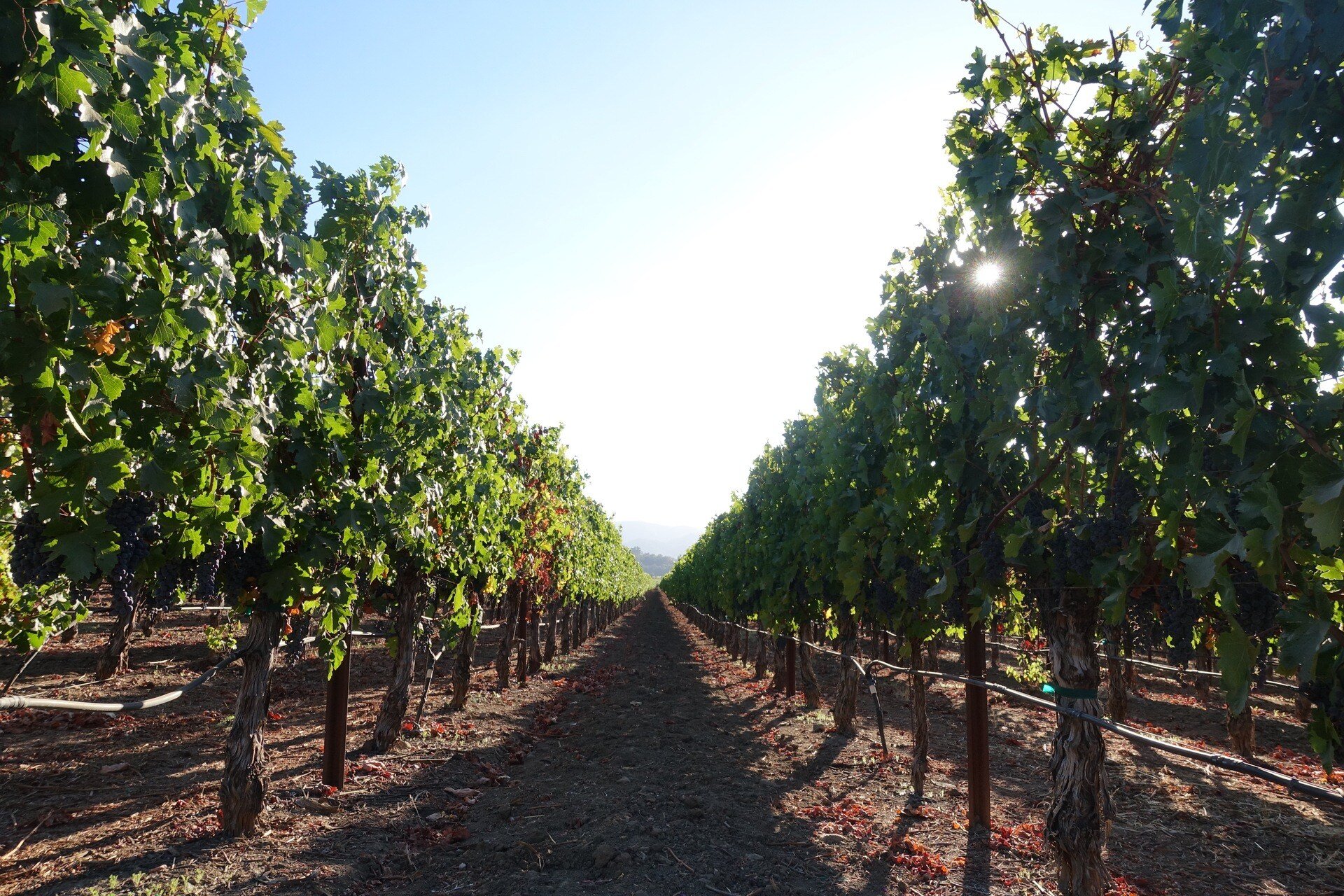Sustainable, Regenerative, and Biodynamic Agriculture: A Guide to Pest Management and Long-term Success
Suterra
Sep 9, 2024 8:45:00 AM


Recently, regenerative and biodynamic farming frameworks have been in the spotlight as desirable ways to increase sustainable practices. With many agricultural techniques considered inherently “sustainable,” growers are left wondering what exactly differentiates these two farming methods and where mating disruption fits into their structure.
Sustainability in agriculture is an expansive topic. In our frequent talks with growers over the years, we’ve come to understand that sustainable agriculture is the ability to maintain a farming operation with consideration for the longevity of future resources.
Definitions of sustainability from institutions like UC Davis closely align with this sentiment of tending to the environment responsibly without compromising future productivity. Sustainability can be carried out in an agricultural system to maintain the services that explicitly or implicitly make farming possible. It is built into many of the integrated pest management tactics that growers utilize today.
A few widely acknowledged sustainable farming strategies are:
From an operational standpoint, sustainability also includes financial stability, which is vital to the long-term success of the grower and their employees.
We acknowledge the challenges that exist in finding a balance between sustainable farming practices and profit margins. However, our customers show us time and again that profitability and sustainability can exist simultaneously in the production of crops. It can be difficult to manage both the agricultural and financial aspects that keep a farm afloat, but that necessary balance will allow growers and their families to continue producing great food for decades into the future.
While sustainable agriculture focuses on preserving the agroecosystem for the future, regenerative agriculture aims to rebuild and restore the biological and chemical processes that have diminished over time. Soil health, pollinator populations, and natural enemies of insect and mite pests are all examples of networks that may have unintentionally been weakened over time and require a regenerative approach to strengthen.
While the end goal of each philosophy may differ, the practical implementation of sustainable and regenerative agriculture is often very similar. For example, cover cropping is often cited as a key practice in regenerative agriculture as it restores the microbiome in the soil necessary to foster crop growth. Cover cropping is also an important practice in sustainable agriculture, as cover crops provide a habitat for pollinators, reduce erosion, and improve soil health. For the same reasons, it is considered a staple of regenerative agriculture and thus the differences between these two farming styles can be difficult to parse out.
Biodynamic agriculture is another holistic approach that intersects with both sustainable and regenerative practices. By definition, biodynamic “relates to a system of farming that follows a sustainable, holistic approach which uses only organic, usually locally sourced materials for fertilizing and soil conditioning, views the farm as a closed diversified ecosystem, and often bases farming off lunar cycles.”
Biodynamic may incorporate some of the same practices as the previous two frameworks discussed but views the growing operation as a self-sustaining ecosystem. Within this philosophy, there is a heavy emphasis on organic farming. According to USDA, organic farming is a set of cultural, biological, and mechanical practices that support the cycling of on-farm resources, promote ecological balance, and conserve biodiversity. While these are the tenants of Integrated Pest Management and utilized across the board, Biodynamic distinctively seeks to eradicate synthetic agrochemicals and limit outsourcing of resources on the farm.
Pest management presents itself a bit differently in all three of these agricultural philosophies. Traditional insecticides can have broad-spectrum impacts that harm beneficial insects, pollinators, and other non-target organisms; which can weaken the ecosystem services that benefit the grower. Additionally, excessive insecticide use can lead to insecticide resistance in pest populations, creating ‘super pests’ that are difficult to treat with the increasingly limited pesticides available to growers.
When pests are treated in a species-specific manner, as with mating disruption solutions from Suterra, beneficial insects and other organisms are not adversely impacted. This has benefits in a sustainable, regenerative, and biodynamic context. Pollinators are not harmed, the growth of crops and cover crops is promoted, and populations of beneficial organisms like natural enemies of insects and mites can thrive, providing ‘free’ natural pest control.
A more universal compromise for all three of these growing frameworks may be found in Integrated Pest Management as it incorporates a range of practices, taking a multifaceted approach to achieve consistent, long-term results. Sustainable, regenerative, and biodynamic farming all have unique variations and overlap, but like IPM, all seek to create resilient, productive farming systems.
Mating disruption is a tactic that can be utilized in all of these contexts, as it aligns with their varied principles and promotes long-term agricultural sustainability. Planning for the long term can guarantee profitability and protect your orchards, vineyards, and fields for seasons to come.
If you have questions about mating disruption or sustainable, regenerative, and biodynamic agricultural techniques, our Suterra experts are happy to help. Contact us here or connect with your local representative.